valentines day
Happy Valentine’s Day Images: A Happy Day for Lovers 14 february 2025

Happy Valentine’s Day Images Day is much more than a single day on the calendar—it’s a global celebration of love, passion, and togetherness. One of the most beloved traditions of this holiday is the sharing of images that encapsulate the spirit of romance. From heartfelt greeting cards and digital art to social media posts and professional stock photos, “Happy Valentine’s Day” images are everywhere. They serve as a visual language for lovers, friends, and even families to express their affection and make the day a truly happy day for lovers.
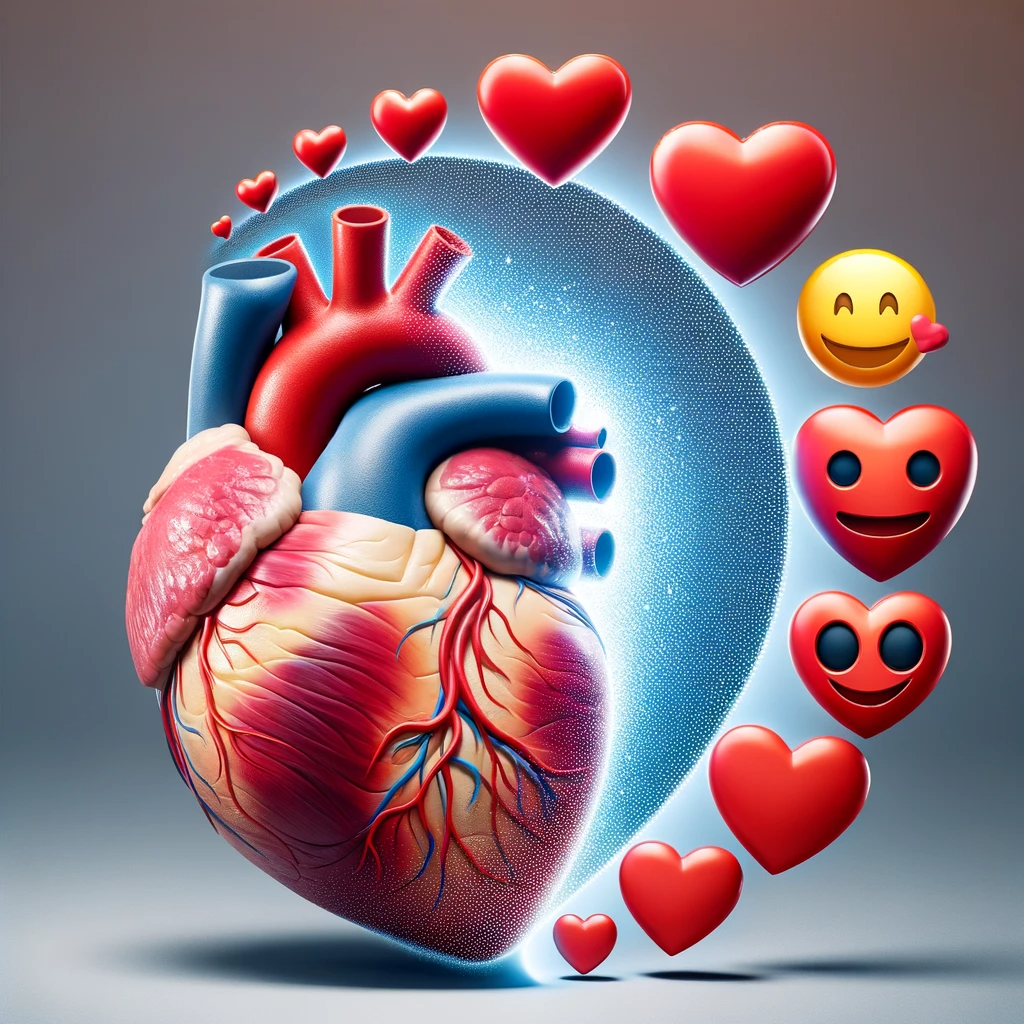
In this article, we explore the history, symbolism, creative trends, and practical tips for using and creating Happy Valentine’s Day images. Whether you’re searching for inspiring visuals to share online or you want to design your own romantic graphics, read on for a comprehensive look at how images can transform Valentine’s Day into a joyful celebration of love.
1. The Evolution of Valentine’s Day and Its Visual Traditions
1.1. From Ancient Rituals to Modern Romance
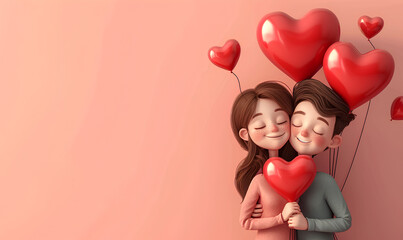
Valentine’s Day has deep historical roots that trace back to ancient traditions and early Christian martyrs. Originally observed as a feast day to honor Saint Valentine, the holiday gradually evolved from its religious origins into a celebration of romantic love. Early legends tell the tale of a Christian priest or bishop who defied a Roman decree by secretly marrying couples and sending a farewell note signed “From your Valentine” before his martyrdom. Although the historical details are murky—with multiple saints named Valentine and many embellishments added over time—the modern association of the day with love was firmly cemented by poets such as Geoffrey Chaucer in the 14th century. In his works, he wrote of birds choosing their mates on February 14, a poetic image that linked the day with the natural onset of love and courtship.
cite
1.2. The Rise of Visual Expression
With the spread of literacy and the development of printing technology in the 18th and 19th centuries, the tradition of sending handwritten or printed valentines flourished. These early greeting cards were not only messages of love but also works of art featuring intricate lace designs, delicate illustrations, and ornate typography. Over time, these designs evolved from simple sketches into elaborate digital creations shared on social media platforms, in online greeting cards, and on websites dedicated to holiday imagery. Today, high-quality images of hearts, roses, Cupid, and romantic scenes are a staple of Valentine’s Day celebrations, offering a way to share love visually with the world.
2. The Symbolism Behind Valentine’s Day Images
2.1. Universal Symbols of Love
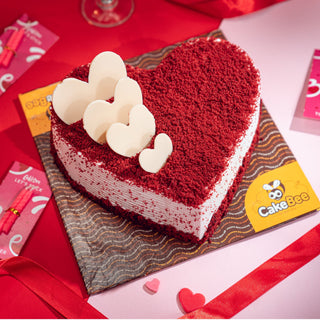
The most recognizable symbols in Valentine’s Day images include the heart, red roses, Cupid, and various motifs of affection such as intertwined hands or silhouettes of couples. Each of these elements carries deep meaning:
- Hearts: The heart shape, universally associated with love and passion, has been used for centuries as a symbol of deep emotion. The vibrant red color further amplifies the feeling of desire and energy.
- Red Roses: Traditionally, red roses represent beauty, passion, and the blossoming of romance. Their timeless appeal is evident in both classic paintings and modern digital illustrations.
- Cupid: Often depicted as a cherubic figure with a bow and arrow, Cupid symbolizes the unpredictable and often whimsical nature of love. His presence in Valentine’s imagery reminds us that love can strike at any moment.
- Other Symbols: Elements such as doves (symbolizing peace and fidelity), intertwined rings, and even playful imagery like kissing cartoon characters add layers of meaning to Valentine’s Day visuals.
cite
2.2. Color and Design in Celebrating Love
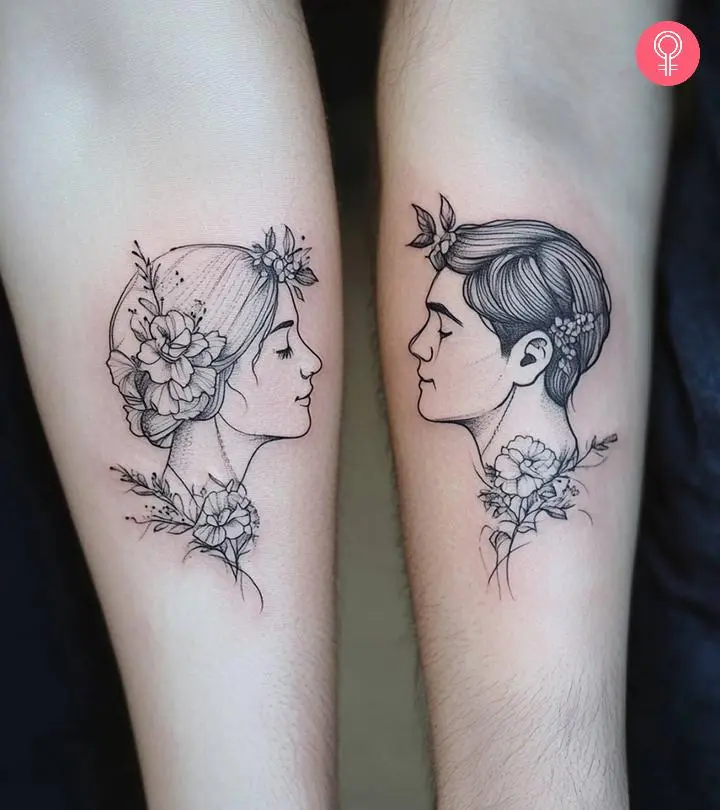
Color plays a vital role in Valentine’s Day imagery. The color red is predominant because of its associations with passion and vitality, while pink offers a softer, more affectionate tone. Designers often use contrasting hues and complementary color palettes to evoke warmth and energy. Typography is also important; flowing, script-like fonts convey elegance and intimacy, whereas bold, modern fonts might be chosen to reflect a contemporary and dynamic celebration of love.
3. Types of Valentine’s Day Images and Their Uses
3.1. Digital Art and Illustrations
Digital art has revolutionized the way we celebrate Valentine’s Day. From hand-drawn illustrations and vector art to AI-generated images, digital creations allow for an endless variety of styles and themes. Websites like Free pik and Adobe Stock host thousands of free and premium images that designers and individuals can use to craft personalized greetings. These images can range from minimalist line art of a single heart to elaborate, multi-layered compositions that tell a visual story of love.
cite
3.2. Photographs and Stock Photos
Stock photography offers high-resolution images of real-life couples, romantic settings, and scenic views that evoke the emotion of the holiday. These photographs are perfect for social media posts, website banners, and even printed materials like greeting cards or posters. Many online platforms offer free downloads of beautiful Valentine’s Day photos, ensuring that even those on a budget can share stunning visuals on this special day.
3.3. Greeting Cards and Prin tables
Traditional greeting cards remain a timeless way to express affection. In recent years, the trend of printable Valentine’s Day cards has grown, allowing people to create custom designs at home. These cards often feature personalized messages and creative illustrations, making them a heartfelt alternative to mass-produced options. Many websites offer free templates and design tools that enable anyone to design their own cards with ease.
3.4. Social Media Graphics
Social media is at the heart of modern celebrations, and Valentine’s Day is no exception. Platforms like Instagram, Facebook, and Pinterest are flooded with themed graphics, GIFs, and short videos celebrating love. Whether you’re a business looking to engage your audience or an individual sharing your personal story, creating eye-catching, shareable graphics is a powerful way to participate in the global celebration of love.
4. How to Create Your Own Happy Valentine’s Day Images
4.1. Design Tools and Software
Creating your own Valentine’s Day images has never been easier, thanks to a variety of free and paid design tools available online. Software like Adobe Photoshop, Illustrator, and free alternatives such as GIMP and Canva offer a wide range of features to help you design stunning visuals. These tools provide templates, vector graphics, and a vast array of fonts and color palettes that can be customized to fit your unique vision of love.
4.2. Tips for Designing a Romantic Image
- Start with a Theme: Decide on the mood and message you want your image to convey. Are you going for a classic romantic look with roses and soft pastel hues, or do you prefer a modern, minimalist aesthetic with bold typography and simple lines?
- Choose Your Colors Wisely: As mentioned earlier, red and pink are traditional Valentine’s Day colors, but don’t be afraid to experiment with complementary colors. Gold accents can add a touch of elegance, while pastel shades may evoke a sense of calm and tenderness.
- Use High-Quality Images: If you’re incorporating photographs or stock images, ensure they are high resolution. Blurry or pixelated images can detract from the overall quality and emotional impact of your design.
- Incorporate Symbolic Elements: Add symbols such as hearts, Cupid’s arrow, or even abstract designs that represent love and connection. These elements can reinforce the message of your image.
- Personalize Your Design: Adding a personal touch—such as a handwritten note, a favorite quote, or custom illustrations—can make your image more meaningful and unique.
- Keep It Balanced: Avoid overcrowding your design with too many elements. A clean, balanced layout with ample white (or negative) space can enhance the clarity and beauty of your message.
4.3. Resources for Inspiration and Assets
For those seeking inspiration or ready-made assets, there are many online resources available. Websites like Freepik offer thousands of free vectors and illustrations themed around Valentine’s Day. Pixabay and Unsplash provide free high-resolution images that you can use commercially without attribution. Stock photo sites such as Adobe Stock and Shutterstock offer premium images if you’re looking for something truly unique.
cite

-

 Celeberity6 months ago
Celeberity6 months agoHow Long is Harry Potter and the Cursed Child?
-

 game6 months ago
game6 months agoThe World’s Best Keyword Game: The Washington Post’s Masterpiece game
-

 Uncategorized6 months ago
Uncategorized6 months agoHow Many Jobs Are Available in Technology? 2025
-

 Food6 months ago
Food6 months agoHow to Steam Hot Dog Buns: The Ultimate Guide 5 step
-

 Business6 months ago
Business6 months agoFoster at CryptoProNetwork: best Building Connections in the World of Cryptocurrency 2025
-
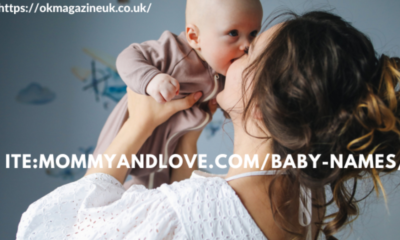
 babys6 months ago
babys6 months agoite:mommyandlove.com/baby-names/: Choosing the Perfect Nature-Inspired A Journey Through Beauty, Meaning, and Community 2025
-

 Fashion6 months ago
Fashion6 months agoZara: The Fast Fashion Giant Leading the World’s 2025 Trend
-

 Uncategorized6 months ago
Uncategorized6 months agoInvestiit.com Tips: Building Connections in the World best of Cryptocurrency 2025